- No products in the cart.
Glimepiride 1mg canon Table 30 pc
$3.55
Glimepiride 1mg canon Table 30 pc
Description
Composition
Active substance:
1 tablet contains: glimepiride 1 mg, 2 mg, 3 mg or 4 mg.
Excipients:
Calcium hydrogen phosphate dihydrate, sodium crosscarmellose, corn starch, mannitol, magnesium stearate, povidone-COA.
Description:
Tablets round, Valium, with a chamfer (dosage 1 mg and 3 mg); round, Valium, with a facet and Valium (dosage 2 mg and 4 mg), a white or nearly white.
Product form:
Tablets 1 mg, 2 mg, 3 mg, 4 mg.
10, 20 or 30 tablets in blisters of PVC film and aluminum foil printed patent.
At 1, 3, 6 contour cell packs of 10 tablets or 3, the contour of cellular packages 5 to 20 tablets, or 1, 2, 3, 4 blisters with 30 tablets with instructions for use placed in a pile of cardboard.
Contraindications
-saharny mellitus type 1; -Increased sensitivity glimepiride or other ingredients, other sulfonamides or sulfonylureas; -diabetichesky ketoacidosis, diabetic coma and precoma, hyperosmolar coma; -heavy hepatic and renal failure (including patients undergoing hemodialysis); -leykopeniya; -Pregnancy, lactation; -children up to age 18 years.
With care -in the first week of treatment (increased risk of hypoglycaemia); -with the presence of risk factors for hypoglycemia; -with the presence of conditions requiring transfer to insulin therapy (extensive burns, severe multiple trauma, extensive surgery); -with malabsorption of food and drugs in the gastrointestinal (GI) tract (including ileus, intestinal paresis); -at failure glkzhozo-6-phosphate dehydrogenase.
Dosage
1 mg
Indications
Type 2 diabetes with poor diet and physical exercise (in monotherapy or in combination therapy with metformin, or insulin).
Interaction with other drugs
The simultaneous use of glimepiride some medications may cause both amplification and attenuation of a hypoglycemic drug action. Therefore, other drugs can be taken only after consultation with your doctor.
Amplification hypoglycemic action and, associated with it, the possible development of hypoglycemia may occur while the application glimepiride insulin, metformin or other oral hypoglycemic agents, inhibitors of angiotensin converting enzyme (ACE) inhibitors, allopurinol, anabolic steroids and male sex hormones, chloramphenicol, coumarin derivatives, cyclophosphamide , trofosfamide and ifosfamide, fenfluramine, fibrates, fluoxetine, sympatholytic (guanethidine), mono inhibitors inooksidazy (MAO), miconazole, pentoxifylline (when administered parenterally in high doses), phenylbutazone, azapropazone, oxyphenbutazone, probenecid, antimicrobial agents – quinolone derivatives, salicylates (including aminosalicylic acid), sulfinpyrazone, some sulfonamides prolonged action, tetracyclines, tritokvalinom , fluconazole.
Attenuation hypoglycemic action, and the related, increase in blood glucose concentration may occur while the application glimepiride with acetazolamide, barbiturates, corticosteroids, diazoxide, saluretics, thiazide diuretics, epinephrine and other sympathomimetic agents, glucagon, laxatives (with prolonged use) nicotinic acid (at high doses) and nicotinic acid derivatives, estrogens and progestogens, phenothiazine derivatives, including hlorpr omazinom, phenytoin, rifampin, thyroid hormones, lithium salts.
Blockers H2-histamine receptors, clonidine and reserpine are capable of both potentiating and weaken the hypoglycemic action of glimepiride.
Under the action of P-blockers, clonidine, reserpine and guanethidine may weaken or absence of clinical signs of hypoglycemia. In patients receiving glimepiride may be a strengthening or weakening of the action of coumarin derivatives.
While the use of drugs which suppress bone marrow hematopoiesis, increased risk myelosuppression.
Single or chronic alcohol consumption can both strengthen and weaken the hypoglycemic action of glimepiride.
Overdose
When ingestion of a large dose of glimepiride may develop hypoglycaemia lasting 12-72 hours, which may recur after initial recovery of blood glucose concentration.
Treatment: If the patient is conscious – immediate carbohydrate intake (glucose or sugar cube, sweet fruit juice or tea). In most cases it recommended observation in a hospital environment. When receiving large quantities of preparation shown gastric lavage, followed by administration of activated carbon (absorbent) and sodium sulphate (laxative), dextrose intravenously administering 50 ml of a 40% solution, followed by infusion of 10% solution. Need constant surveillance and maintenance of vital functions, blood glucose concentration (not less than 5.5 mmol / l) for at least 24-48 hours (possible recurrent episodes of hypoglycemia). After recovery of consciousness it is necessary to give the patient a food rich in carbohydrate (to prevent recurrence of hypoglycemia). Subsequently, treatment should be symptomatic.
In the treatment of hypoglycemia, which developed due to accidental reception glimepiride breast or small child, dextrose dose must be carefully controlled in order to avoid dangerous hyperglycemia.
pharmachologic effect
Pharmacological group:
Hypoglycemic agent for oral use group III generation sulfonylureas.
Pharmacodynamics:
Glimepiride stimulates secretion and release of insulin from the beta cells of the pancreas (pancreatic effect). The basis of this effect is an increase in the reaction of beta cells in the pancreatic physiological glucose stimulation, the amount of insulin secreted significantly less than the other under the action of sulfonylurea derivatives is thus provided by a lower risk of hypoglycemia. In addition, glimepiride action has vnepankreaticheskim – ability to improve the sensitivity of peripheral tissues (muscle, fat), to native insulin action, reduce the absorption of insulin by the liver; inhibited glucose production in the liver. Glimepiride and selectively inhibits cyclooxygenase reduces the conversion of arachidonic acid to thromboxane A2, which promotes platelet aggregation, thereby exerting antiplatelet effect.
Glimepiride helps normalize lipid content, reduces the concentration of malondialdehyde in the blood, which leads to a significant reduction in lipid peroxidation, it promotes the antiatherogenic effect of the drug. Glimepiride reduces the severity of oxidative stress in the body of the patient, which is always present when type 2 diabetes.
Pharmacokinetics:
Repeated reception of glimepiride in a daily dose of 4 mg of the maximum concentration in blood (Cmax) is reached after 2.5 hours and of 309 ng / ml. There is a linear relationship between dose and Cmax, as well as between the dose and the area under the curve “concentration-time» (AUC). When administered glimepiride its bioavailability is 100%. Food intake has no significant effect on the absorption, with the exception of a slight slowing the rate of absorption. The volume of distribution -8.8 l. Communication protein – 99%, clearance – 48 ml / min.
It is metabolized in the liver. Excreted mainly as metabolites kidney (60% of the dose) and the intestines (40%). Glimepiride is excreted in breast milk and crosses the placenta. Poorly crosses the blood-brain barrier. The half-life (Tm) – 5-8 hours.
Patients with impaired renal function (low creatinine clearance) there is a tendency to increase clearance glimepiride and to reduce its average concentration in blood serum, which is likely due to a more rapid clearance of glimepiride due to its lower binding to plasma proteins. Thus, in these patients there is no additional risk of accumulation of the drug.
Pregnancy and breast-feeding
Glimepiride is contraindicated in pregnant women. In the case of planned pregnancy or if pregnancy occurs the woman should be transferred to insulin.
Since glimepiride passes into breast milk, it should not be administered to women during lactation. In this case, you must go to insulin or to stop breastfeeding.
Conditions of supply of pharmacies
On prescription.
side effects
On the part of metabolism: possible development of hypoglycemic reactions. These reactions primarily occur soon after taking the drug, may have severe and over and are not always easy to stop. The onset of these symptoms depend on individual factors such as eating habits and dosing.
On the part of the organ of vision: during treatment (especially at the beginning) may experience transient visual disturbances caused by changes in blood glucose concentration.
On the part of the digestive organ system: nausea, vomiting, a feeling of heaviness or discomfort in the epigastric abdominal pain, diarrhea, rarely leading to discontinuation of treatment; increased activity of “liver” enzymes, cholestasis, jaundice, hepatitis (until the development of liver failure).
From the hematopoietic system: thrombocytopenia (moderate to severe), leukopenia, hemolytic and aplastic anemia, erythropenia, granulocytopenia, agranulocytosis and pancytopenia.
Allergic reactions: may cause hives, skin rash, itching. Such reactions are usually moderate but can progress, accompanied by a decrease in blood pressure, shortness of breath, until the development of anaphylactic shock. When the hives should immediately consult a doctor. Possible cross-allergy sulfonylmocheviny with other derivatives, sulfonamides or other sulfonamides also may develop allergic vasculitis.
Other: in exceptional cases may develop headache, fatigue, hyponatremia, photosensitivity, late cutaneous porphyria.
special instructions
Glimepiride should be taken in recommended doses, and at the appointed time. Errors in the use of the drug, e.g., skipping reception never be eliminated by a subsequent receiving higher doses. The doctor and patient should discuss in advance the measures to be taken in case of errors (eg, missed doses or meal) or in situations where reception is not possible the next dose at the scheduled time. The patient should inform the doctor immediately in case of receiving too high a dose.
Hypoglycemia v patient after administration of 1 mg of glimepiride per day means the possibility of glycemic control with diet only. Upon reaching the compensation of diabetes type 2 increases the sensitivity to insulin. In this regard, in the treatment process can decrease the need for glimepiride. To avoid hypoglycemia, you must temporarily reduce the dose or cancel glimepiride. Dose adjustment should be carried out also when the patient’s weight change his lifestyle or when there are other factors that increase the risk of hypo- or hyperglycaemia.
In the first weeks of treatment may increase the risk of hypoglycemia, which requires very careful monitoring of the patient. Factors contributing to the risk of hypoglycemia include:
-nezhelanie or inability of the patient to cooperate with the doctor (more often seen in elderly patients);
-nedoedanie, irregular food intake or omissions meal;
-disbalans between physical activity and use of carbohydrates;
Changing the diet;
-upotreblenie of alcohol, especially in combination with skipping meals;
-heavy renal dysfunction;
-peredozirovka glimepiride;
-Some decompensated endocrine disorders breaking carbohydrate metabolism or adrenergic kontrregulyatsii in response to hypoglycemia (e.g., dysfunction of the thyroid gland and anterior pituitary, adrenal insufficiency);
-Simultaneous taking certain drugs (see “Interaction with other drugs.);
-reception of glimepiride in the absence of evidence for its reception.
Symptoms of hypoglycemia can be smoothed or completely absent in the elderly, in patients with autonomic neuropathy or receiving concurrent treatment (3-blockers, clonidine, reserpine, guanethidine. Hypoglycaemia can almost always be quickly cupped immediate intake of carbohydrates (glucose or sugar, for example, in the form of sugars, sweet fruit juice or tea). In this regard, the patient should always be in possession of at least 20 grams of glucose (sugar 4 slices).
Sweeteners are not effective in the treatment of hypoglycemia.
Treatment of sulfonylureas, which include glimepiride may lead to the development of hemolytic anemia, so in patients with deficiency of glucose-6-phosphate dehydrogenase to be particularly careful in the appointment of glimepiride and better use hypoglycemic agents, non-sulfonylurea.
During treatment glimepiride requires regular monitoring of liver function and peripheral blood picture (especially the number of leukocytes and platelets).
In stressful situations (for example, trauma, surgery, infectious diseases accompanied by fever) may be necessary during the temporary transfer of the patient to insulin.
No experience with glimepiride in patients with severely impaired liver and kidney function or in patients on hemodialysis. Patients with severe renal impairment and liver shows transfer to insulin.
During treatment with glimepiride requires regular monitoring of blood glucose concentrations and glycosylated hemoglobin concentrations.
Effects on ability to drive vehicles and mechanisms
During the period of treatment must be careful when driving and occupation of other potentially hazardous activities that require high concentration and psychomotor speed reactions.
Storage conditions
In a dry, dark place at a temperature not higher than 25 C. Keep out of reach of children.
Dosing and Administration
At the beginning of drug treatment Canon Glimepiride administered orally at a dose of 1 mg once a day 1 (immediately before or during extensive breakfast time), if necessary, gradually increasing the dose of 1 mg for 1-2 weeks to 2 mg, 3 mg, 4 mg, 6 mg and 8 mg.
The maximum recommended daily dose – 6 mg. Doses above 6 mg are effective only in exceptional cases.
It is very important not to skip meals after taking glimepiride.
Skipping the drug can not be eliminated by subsequent reception of its higher dose, leading to hypoglycemia. Tablets are taken as a whole, without chewing, with sufficient water (about 0.5 cups).
Treatment long, under the control of blood glucose.
Use in combination with metformin
In case of insufficient stabilization of the concentration of blood glucose in patients taking metformin may be initiated glimepiride concomitant therapy. While maintaining the dose of metformin stagnant glimepiride treatment begins with a minimum dose of 1 mg, and then the dose is gradually increased depending on the desired blood glucose concentration, up to a maximum daily dose. Combined therapy should be under close medical supervision.
Use in combination with insulin
In cases when it is impossible to achieve normalization of blood glucose concentration taking maximum dose glimepiride monotherapy or in combination with a maximum dose of metformin, glimepiride possible combination with insulin. In this case, the last assigned glimepiride patient dose remains unchanged. Thus insulin treatment starts with the lowest dose, possibly followed by a gradual increase in the dose of insulin under the control of blood glucose concentration.
Combined treatment requires mandatory medical supervision.
Translation peroralnogo patients with other hypoglycemic agents to glimepiride
There is no precise correlation between doses glimepiride and other oral hypoglycemic agents. When translated from such preparations glimepiride initial daily dose of the latter should be 1 mg (even if the patient is transferred to a maximum dose of glimepiride peroralnogo another hypoglycemic drug). Any increase in the dose of glimepiride be carried out in stages with the response to glimepiride in accordance with the above recommendations. It is necessary to take into account the used dose and duration of effect of prior hypoglycemic agent. In some cases, especially when taking hypoglycemic agents with a long half-life, it may be necessary in a time (a few days) the termination of the treatment in order to avoid an additive effect, which increases the risk of hypoglycemia.
Translated patient with insulin on glimepiride
In exceptional cases, during insulin therapy in patients with type 2 diabetes, diseases with compensation and intact secretory function of the beta cells of the pancreas, can be displayed on a transfer glimepiride. The translation must be under close medical supervision. In this patient glimepiride translation start with the lowest dose of 1 mg of glimepiride.
Information
Appearance may differ from that depicted in the picture. There are contraindications. You need to read the manual or consult with a specialist
Additional information
| Weight | 0.100 kg |
|---|---|
| Manufacturer | KANONFARMA |

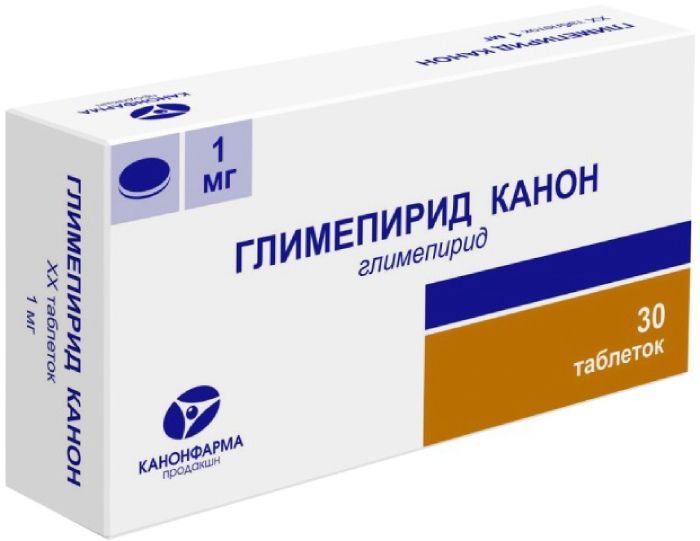
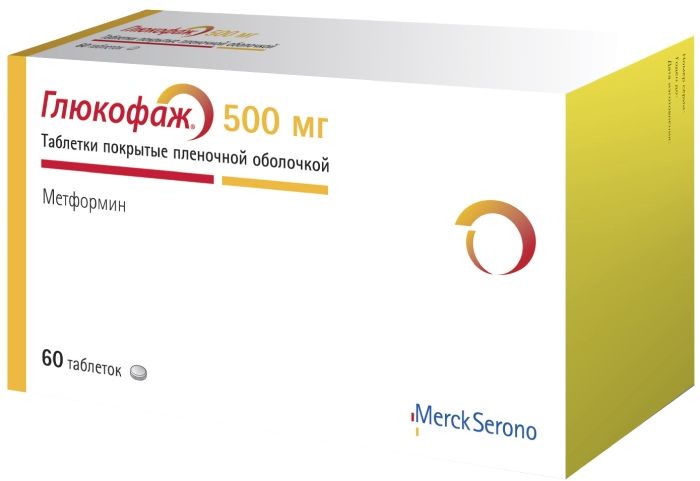
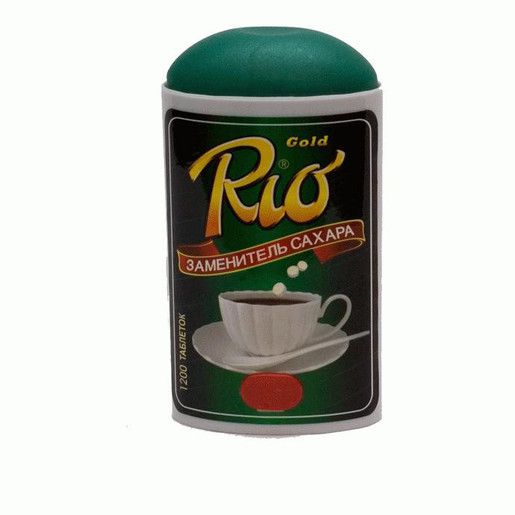
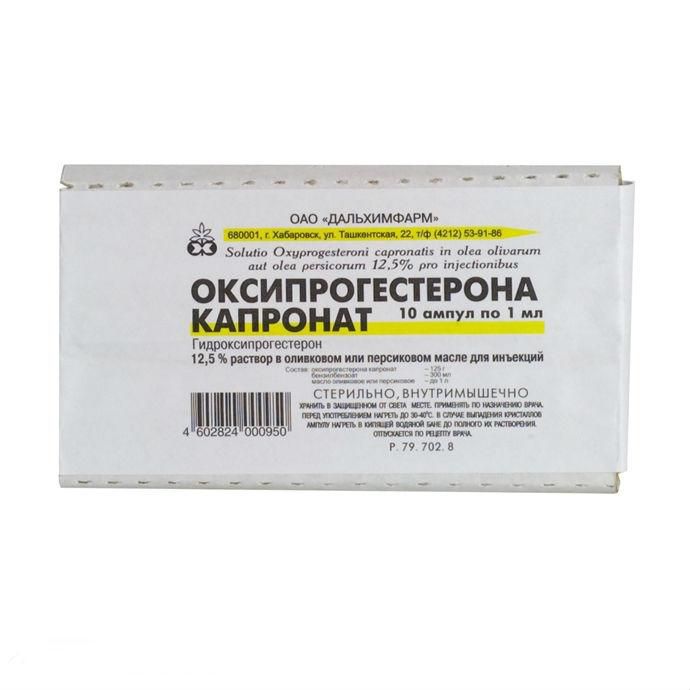
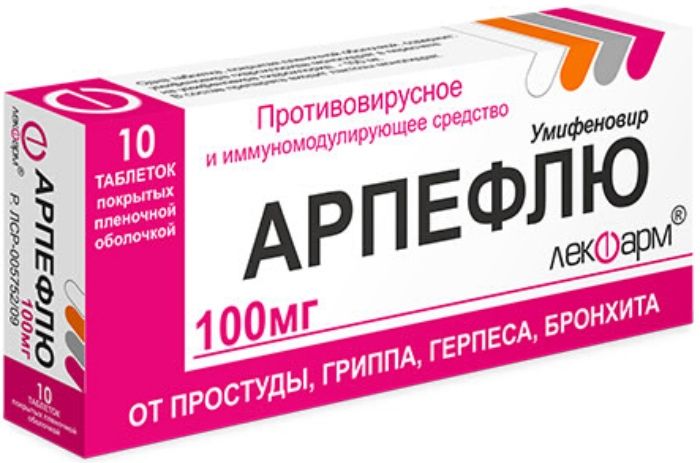
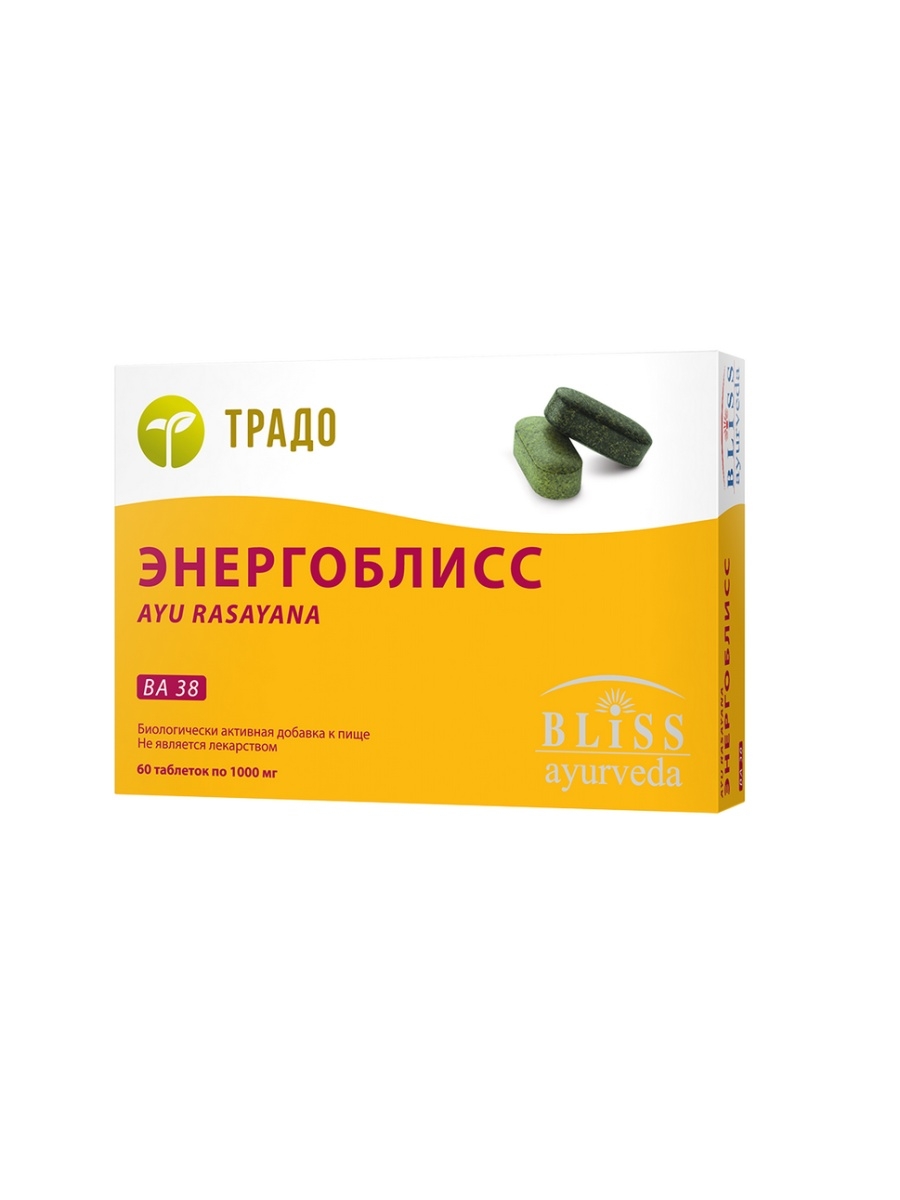

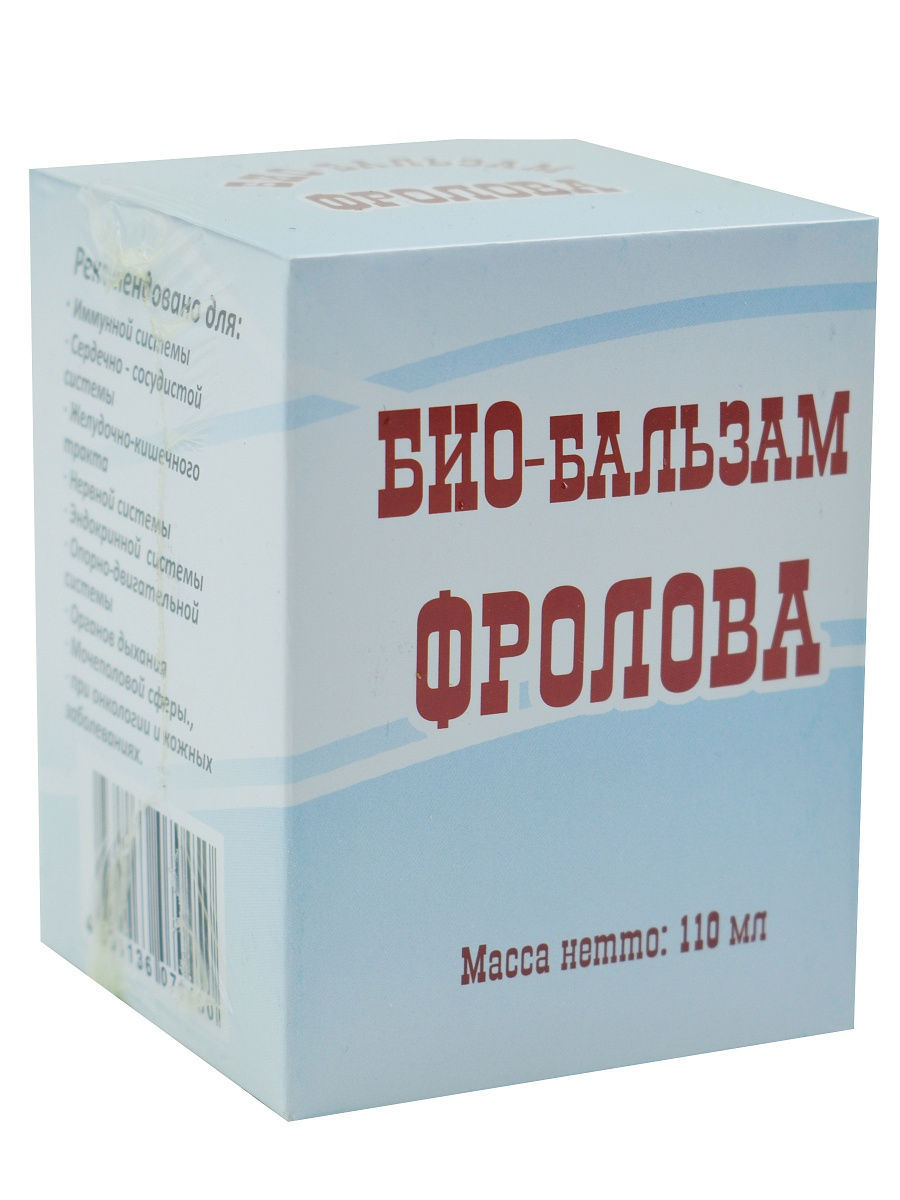
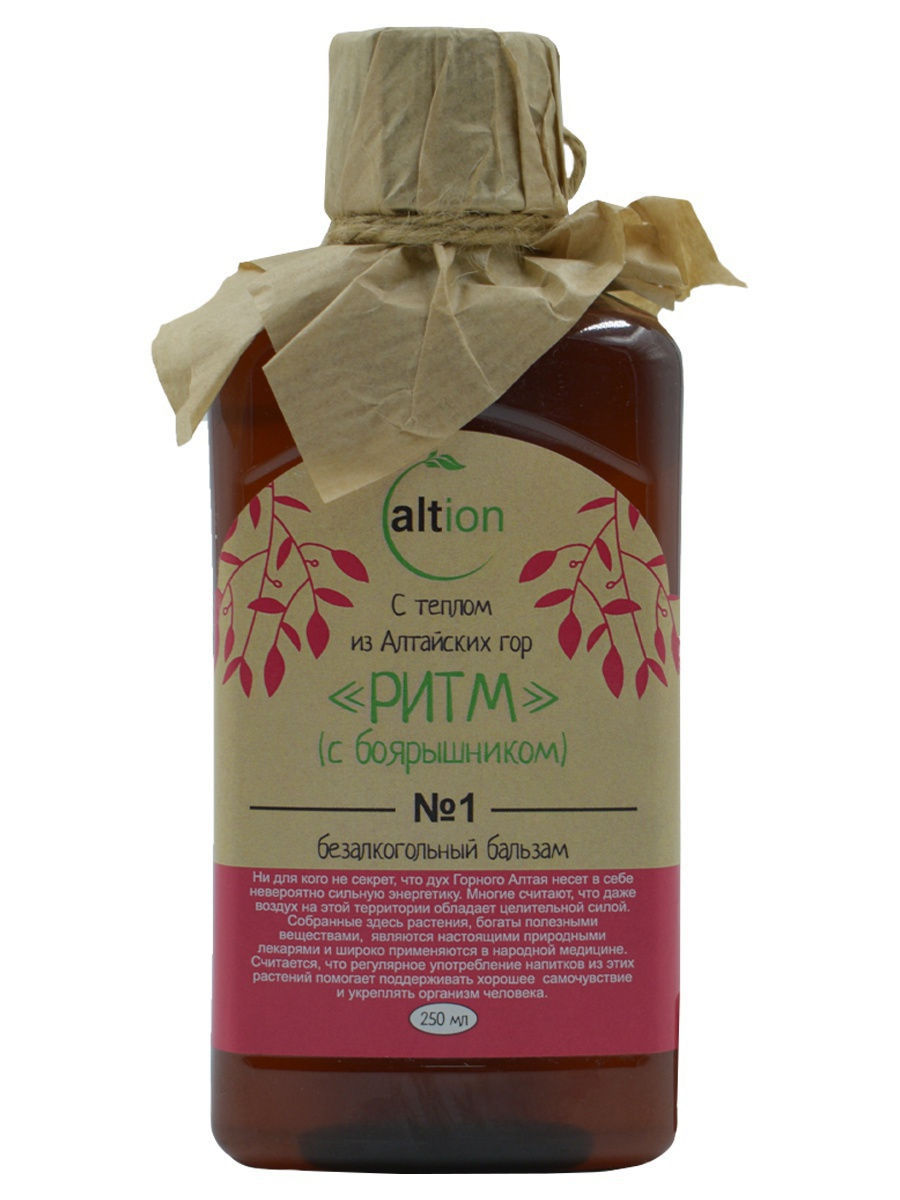




There are no reviews yet.